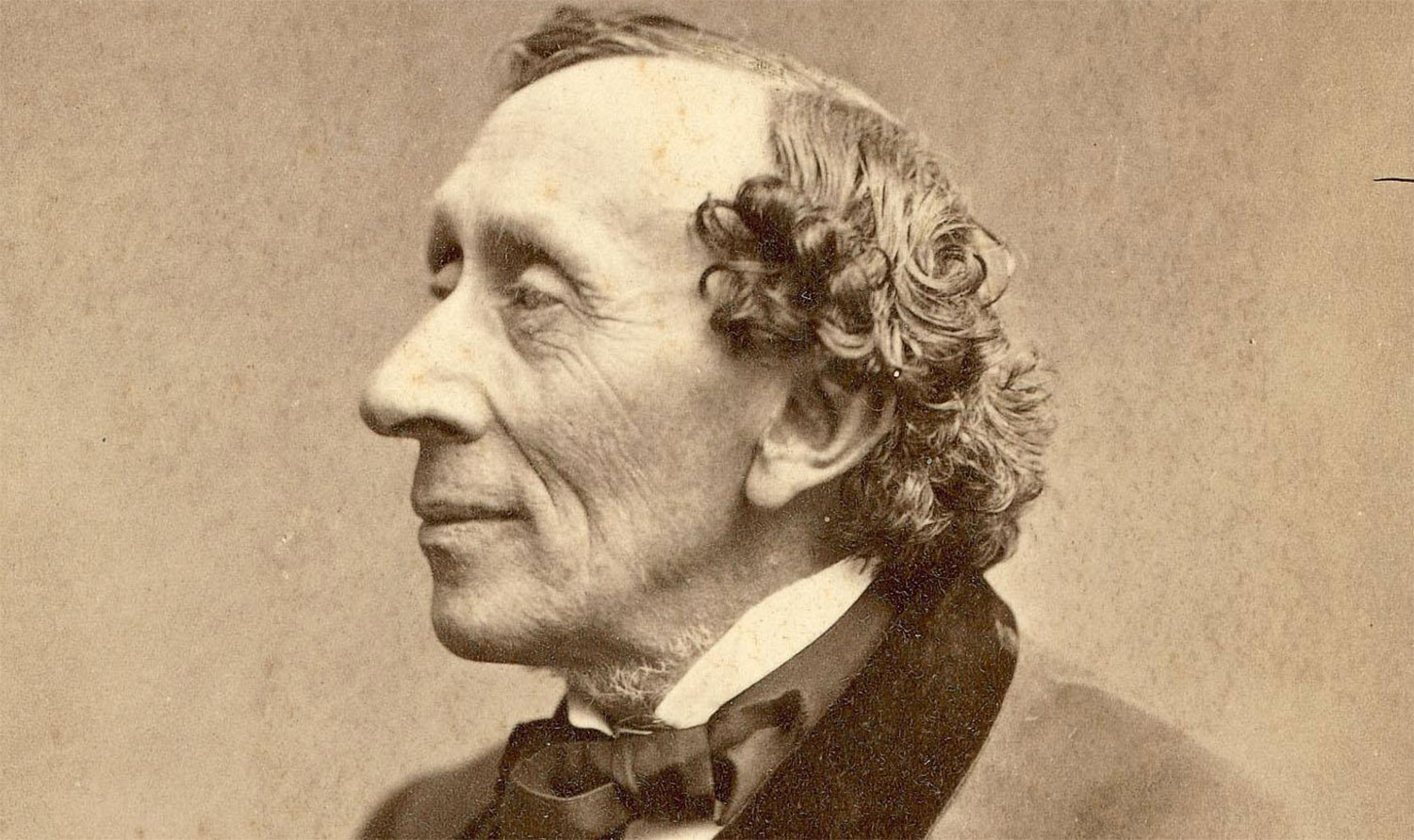Fairy Tale Author
b. April 2, 1805
d. August 4, 1875
“Just living is not enough … one must have sunshine, freedom, and a little flower.”
Hans Christian Andersen was a Danish storyteller and novelist, most famous for his timeless fairy tales, including “The Little Mermaid,” “The Snow Queen” and “Thumbelina.”
Andersen was born to a working-class family in Odense, Denmark. His father was a shoemaker, and his mother worked as a washerwoman. Andersen attended a local school, while simultaneously working as a weaver’s apprentice and later as a tailor.
When he was 14, Andersen moved to Copenhagen to pursue an acting career. He was accepted into the Royal Danish Theatre and established a friendship with the theatre’s director, Jonas Collin. Collin raised money to send Andersen to secondary school in Slagelse, Denmark.
In 1828, after Andersen graduated, he enrolled in the University of Copenhagen, where he began writing novels. In 1829 he published “A Walk from Holmen’s Canal to the East Point of the Island of Amager in the Years 1828 and 1829.” It was his first success as an author.
In May 1835 Andersen wrote “Tales Told for Children: Volume One,” which included many of his now-famous stories such as “The Princess and the Pea” and “The Tinderbox.” Later that year, Andersen published Volume Two, which included “Thumbelina” and “The Naughty Boy.” Despite the success of these volumes, Andersen received criticism for his casual writing style, which delayed the publication of Volume Three until 1837. His third volume included classics like “The Little Mermaid” and “The Emperor’s New Clothes.”
Andersen subsequently wrote plays. He gained notoriety from one of his first, “The Mulatto,” in 1840 — a work that explores and condemns slavery. He traveled to Africa, Asia, Sweden, Spain and other European countries, and wrote several books documenting his time abroad, including “A Poet’s Bazaar” (1842), “Pictures of Sweden” (1851) and “In Spain” (1863).
Although Andersen’s sexuality was never made public, he wrote love letters to both men and women and experienced a few romances with men. From 1861 to 1863, he enjoyed a continuous relationship with the Danish dancer Harold Scharff.
In 1872 Andersen sustained permanent injuries falling out of bed. He developed signs of liver cancer soon thereafter and died of the disease at age 70. He is buried in Assistens Cemetery in Copenhagen.














